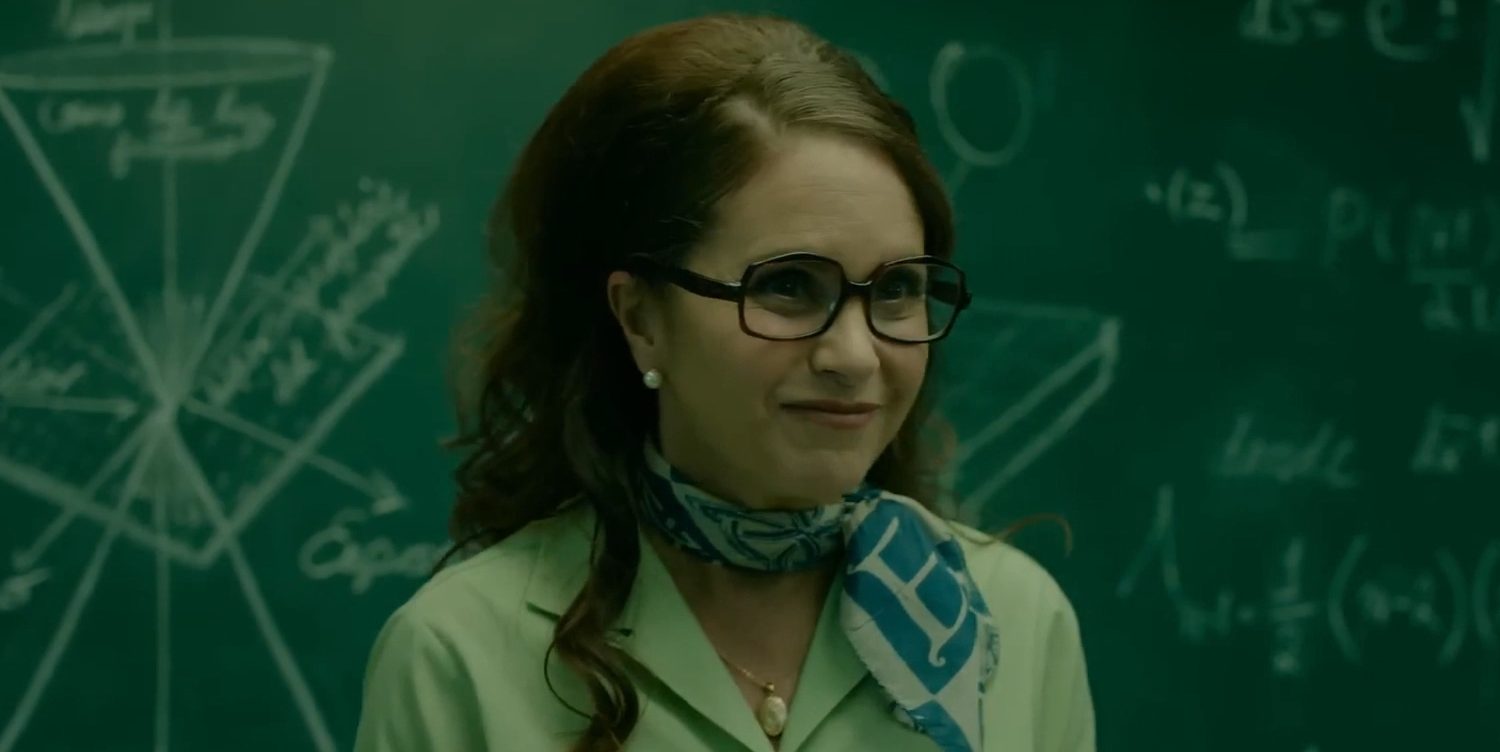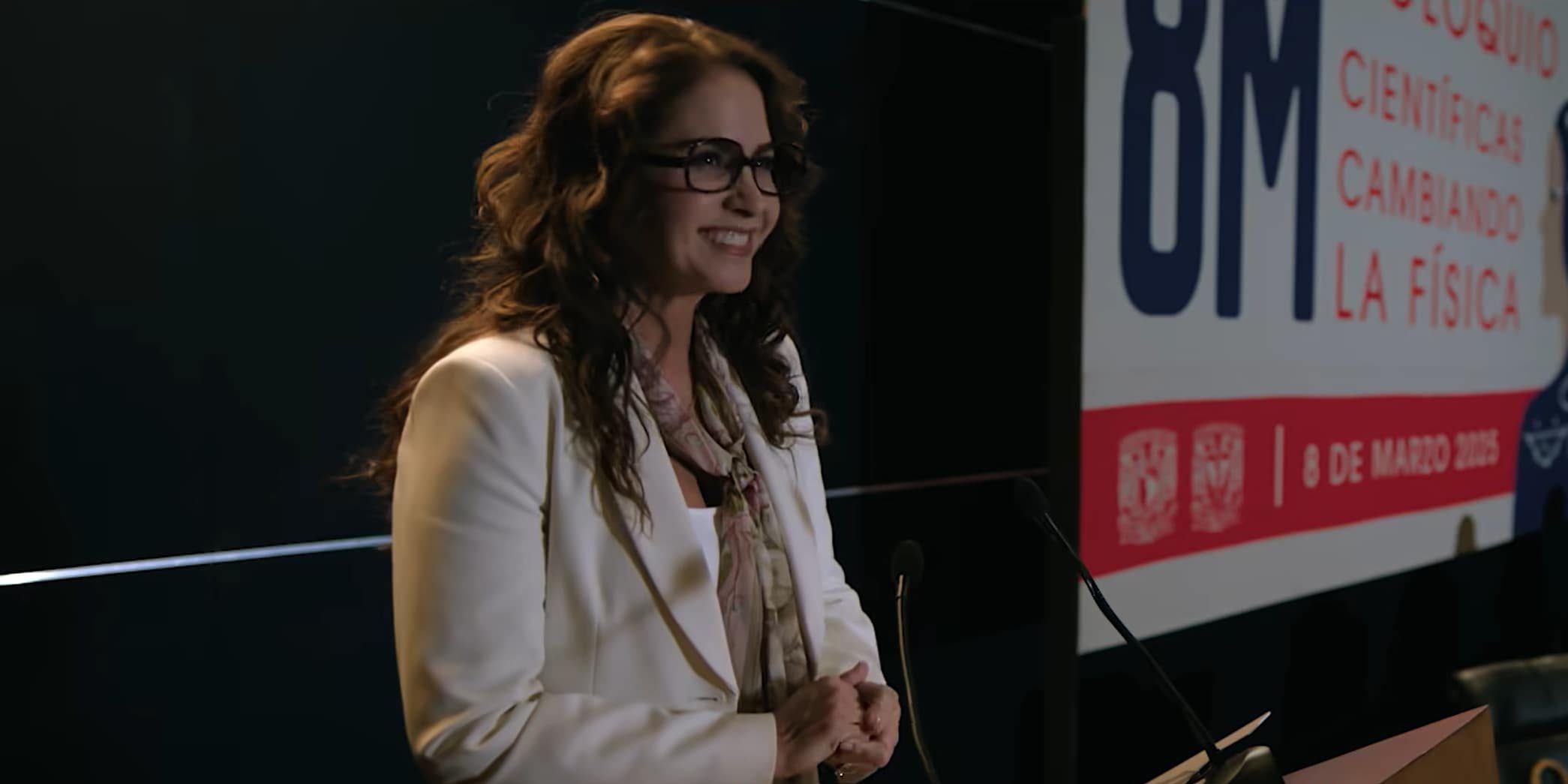Directed by Chava Cartas, Netflix’s ‘Our Times’ tells a complex story of love, changing societal standards, and personal freedom across different generations as scientist couple Nora and Hector find themselves in a different time to theirs while trying to prove a theory. The film primarily takes place in two years, one set in 1966, the year Nora and Hector are from, while the other unfolds in 2025, a staggering 59 years after the central duo’s time machine experiment takes off. As such, there are a lot of intriguing plot developments influenced by this massive generational gap between Nora and Hector and the world of today, which is driven primarily by rapidly developing technologies and updated societal standards. To that end, the movie’s timeline becomes integral to the discussion. SPOILERS AHEAD.
Our Times Timeline

The timeline in ‘Our Times’ follows a well-laid-out path for most of its narration, making it easy to follow. This is mainly because the movie tries to portray its different years in chronological order, thereby keeping things linear and intact. However, it slightly changes at the end of the film, adding another year into the mix, which breaks the film’s chronological linearity and could potentially confuse fans about what exactly happened to lead us down this path. Yet, when connecting the dots, it becomes pretty evident what the story tries to portray for its characters as we head for a bittersweet conclusion. Thus, here is a complete breakdown of the different eras depicted in the movie in the order they appear within the story.
1966
The entire story kicks into gear in 1966, the year Hector and Nora complete their time travel machine and try to visit the future. While the time spent in this particular era is much smaller in relation to later years, it forms the backbone of most of the central conflict in the narrative, specifically the oppressive and chauvinistic attitude towards women in influential positions. Nora faces the brunt of this discrimination, often overlooked by her male colleagues and higher-ups, even though she possesses a genius-level intellect that could rival any man of her time. Only her lover, Hector, deeply trusts her abilities and her value as a person beyond her gender. However, even his support is sometimes lacking when people ridicule her for not “staying in her lane” as a woman.

While things are not so great for Nora, 1966 is a time when Hector is perfectly happy. For one, it allows him to be a reputed male physicist at a top university in Mexico, the University of National Autonomy of Mexico (UNAM), while also affording him the opportunity to work alongside his wife as an equal contributor to their time travel project. Even though he may not possess his wife’s ingenuity, his value is elevated because society elevates the rank of a man compared to a more talented woman. This may show him in a bad light. However, it is also evident that for a guy from his time, he is incredibly loving and caring towards his wife. He is also far more progressive in his day and age than other guys, making him a one-of-a-kind figure in this era. This dynamic quickly turns upside down when we enter the next part of the story.
2025
2025 is where the bulk of ‘Our Times’ takes place. After popping into their time travel machine, Nora and Hector emerge in today’s world, confused about how they jumped 59 years ahead of their intended destination. Once they get past their initial concerns, they realize that they are in a completely new environment where smartphones, computers, and screens dominate people’s attention, a sharp contrast to where they come from. However, the biggest shock of all is seeing women thriving in influential posts within traditional power hierarchies, causing Nora to question if her time is indeed so much better than 2025. These feelings are crystallized further when she sees how women can casually express themselves without fear of judgment, even when it comes to sexual topics.

By comparison, the societal norms of 2025 become the catalyst for a significant rift developing between Nora and Hector. Even though the two seem like a perfect fit and are deeply in love with one another, once they have their eyes opened on how the future treats women and men as equal members of society, it causes them to have different reactions. Nora sees it as a positive, while the opposite is true for Hector, who senses an added layer of scrutiny over men’s role in society and their relationships with women. In the world of 2025, women are empowered to be career-driven, ambitious individuals who should pursue their own interests before serving others, especially their male partners. As such, it leads to Nora ultimately staying back while Hector decides that he should return to 1966 because of his inability to acclimatize to the new standards.
1996
After Hector’s return to 1966, it seems there is no way for Nora to ever meet up with him. As such, she focuses on living her life to the fullest and contributing her brilliant ideas to the scientific community of 2025, adding weight and prestige to her name. However, once everything is said and done, Nora builds a time machine and travels to 1996. Her reasons for this trip are fairly evident – to reunite with Hector, who is now as old as her. In the movie’s final scene, we see an aged Hector climb to the top of the stairs of UNAM, where he is stunned to come across an older Nora, who is equally as aged as him. Clearly, she has spent decades in the future before picking 1996 as the time when she should reunite with Hector, who is now the same age as her, only in a different era. Thus, after a fair bit of time-traveling, we end the story roughly midway between 1966 and 2025, making it somewhat poetic.
Read More: Where Was Our Times Filmed?


